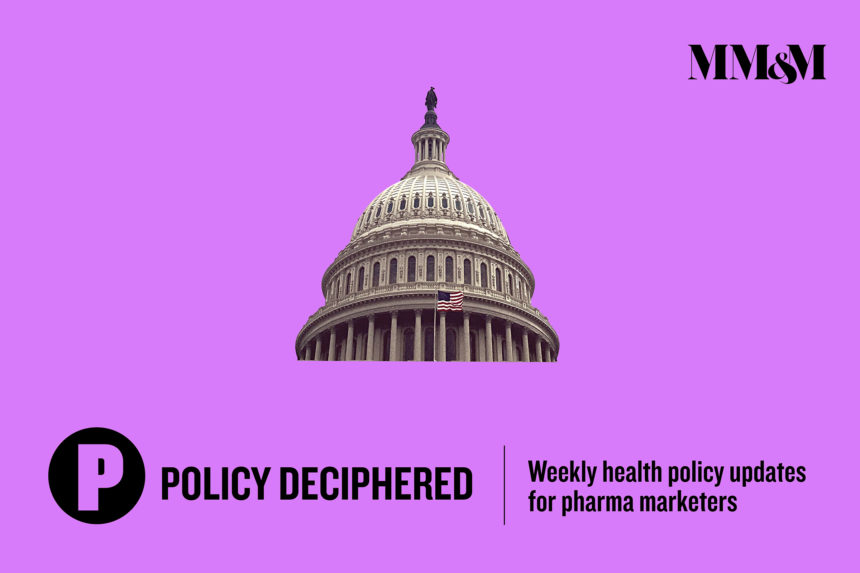As sick people are being urged to stay home, even those with mild cases of COVID-19, telemedicine is becoming increasingly more important.
Federal health agencies including the Food and Drug Administration (FDA) and Centers for Disease Control and Prevention (CDC) have taken steps to make telemedicine easier on both patients and healthcare providers.
Some of the CDC’s early guidance to healthcare providers included recommendations to implement more telehealth. This guidance, last updated at the end of February, is just one example. It urges healthcare facilities to triage and communicate with patients over the phone, rather than face-to-face visits. The CDC also said health plans, healthcare systems and insurers should alert their members that covered telehealth services are available.
In the past week, the Office of Civil Rights (OCR) within the Department of Health and Human Services (HHS) announced it would not impose penalties for HIPAA violations for providers using telehealth during the pandemic.
Last week, the Centers for Medicare & and Medicaid Services (CMS) expanded Medicare coverage for telehealth visits and the HHS Office of Inspector General (OIG) allowed healthcare providers to reduce or waive deductibles or other cost-sharing associated with telehealth for their patients.
“Thanks to the Public Health Emergency I declared in January, more older Americans will be able to access healthcare they need from their home, without worrying about putting themselves or others at risk during the COVID-19 outbreak,” HHS Secretary Alex Azar said in a statement about the actions. “Providers will be allowed to use everyday technologies to talk to telehealth patients, more telehealth services will be covered for millions more Medicare beneficiaries and providers will be allowed to offer these telehealth benefits to Medicare beneficiaries at a lower cost than traditional services.”
All of these moves are meant to remove barriers to using telehealth services. Physicians no longer need to be concerned about violating HIPAA privacy guidelines and can provide the service at a low cost to their patients.
The FDA has also opened up telemedicine guidelines. It has allowed providers to use consumer health devices to remotely monitor patients. Its new policy includes devices that measure body temperature, respiratory rate, heart rate and blood pressure.
The government didn’t forget about our furry friends either. The FDA also issued new guidelines on veterinary telemedicine during the COVID-19 outbreak. That new guidance temporarily suspends enforcement of portions of the federal veterinarian-client-patient relationship (or the vet, pet owner and pet relationship). Specifically, the vet no longer needs to physically examine a pet or make visits to where it is kept to prescribe drugs to the animal. This now allows the vet to make diagnoses via telemedicine.
These measures are meant to ensure that people will stay home unless they’re seriously ill. Even if your cat starts getting stir crazy, you should call her vet instead of making a trip to the clinic.








